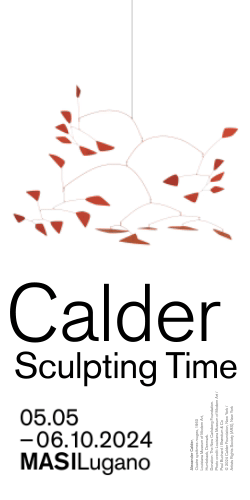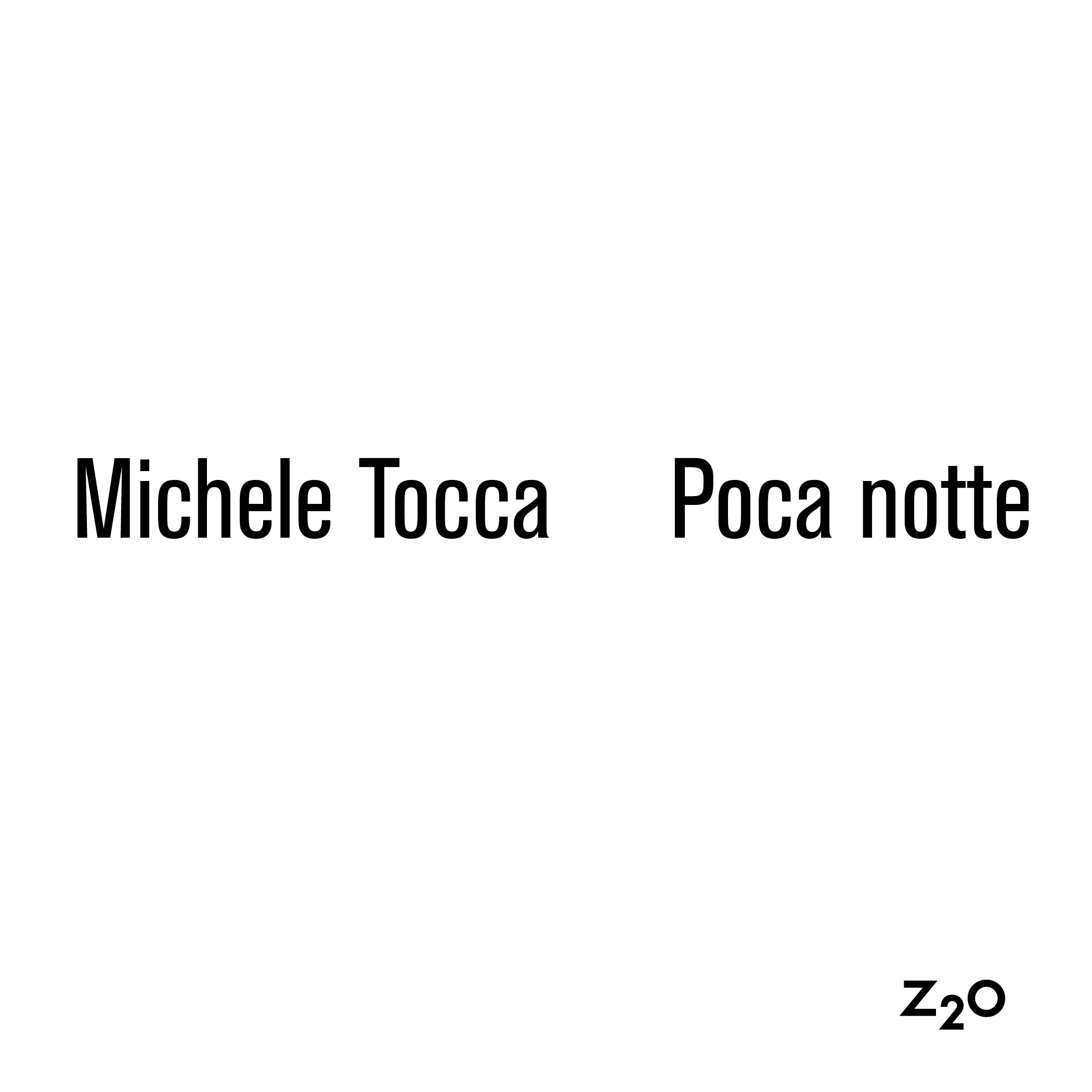
L’artista e attivista indiana Navjot Altaf (Meerut, 1949) indaga le dinamiche legate al genere, all’ambiente e al vivere insieme attraverso narrazioni che spaziano tra teoria e pratica. L’interdisciplinarità che caratterizza il suo lavoro diventa forza creativa per un’arte socialmente impegnata, attenta alla biodiversità e a una cultura sostenibile.
Importante l’indagine di Navjot Altaf sul rapporto tra ecologia e femminismo, interesse che nasce a partire dagli anni ’70 grazie alla partecipazione dell’artista ad alcuni movimenti che si formano in India, e in particolare al gruppo marxista PROYOM (Progressive Youth Movement, Movimento dei Giovani Progressisti) dove, insieme ad altri membri del collettivo, si occupa della produzione di manifesti serigrafati per sostenere la resistenza a Mumbai. Il suo impegno nella ricerca di pratiche collaborative e dialogiche di creazione artistica è evidente anche nel progetto DIAA – Dialogue Interactive Artists Association, organizzazione ideata in collaborazione con gli altri artisti Rajkumar Korram, Shantibai e Gessuram Viswakarma. L’associazione organizza seminari e progetti per le comunità locali, come Nalpar (2000 – ongoing) focalizzato sulla trasformazione di pompe manuali per il rifornimento d’acqua a Bandapara (Bengala, India), sito oggi attivo e accessibile a tutti.
La critica alla celebrazione dei processi di urbanizzazione, allo sfruttamento delle risorse naturali e alla violenza si ripropone in diversi lavori dell’artista che nei suoi viaggi annota e registra le proprie impressioni. La memoria, infatti, procede secondo una temporalità incerta e può dar vita a connessioni e simultaneità (samakaalik) originali ma, se non conservata con cura, può corrompersi e perdersi per sempre, come dimostra Lost Text (2018) in cui frammenti dei diari dell’artista sono stati trascritti digitalmente e poi criptati e resi praticamente illeggibili.


In occasione di SAMAKAALIK Democrazia della Terra e Femminismo, prima personale italiana di Navjot Altaf al PAV – Parco Arte Vivente di Torino fino al 16 febbraio 2020, abbiamo posto qualche domanda all’artista.
Martina Matteucci: Your work investigates the relationship between ecology and feminism through a continuous reference to history and myth, particularly in the Indian context. Throughout your career, you have experienced different media including interactive sculptures, multimedia works, photos and videos installations. How and when was your relationship with art born?
Navjot Altaf: I was interested in art from the childhood and the school I went to from the age of 11 and 17 was based on an experimental institution Shantiniketan in West Bengal which was initiated by an Indian poet, scholar, writer and a painter Rabindranath Tagore …But i studied both fine and applied arts in Sir J J School of Arts in Bombay, and have been practicing for more than 4 decades. My work has not been medium centric, but process oriented. When I look back and analyze, I can say that I have always been interested in interaction and socially engaged art and what form of knowledge such practices can generate, I see the process of interaction with people from diverse fields and socio-cultural backgrounds as a form of creative praxis, because I have learnt as much from practical experiences as from theory from the beginning of my career. In my experience, research, collaboration, dialogical procedures can “enhance levels of sensibility to processes that connect”.
Regarding the investigation and relationship between ecology and feminism in my case I feel evolved from my interest in women’s social movements or movements like Chipko and Appiko in India which started in the 70’s to protect trees and forests scheduled for logging by the government. PROYOM was associated with a radical Marxist party in India and there was absence of gender analysis in Marxist theory we studied then in the 1970’s as PROYOM members in our study sessions. So the interest in women’s movements was in a way natural and crucial for me.
Here I want to point out that from the early years of my practice after being exposed to marxism, looking deep into the introduction of man-made asymmetries in human relations, I over the years understood are not like the natural asymmetry of relations. In the context of ecology today (especially since I have been engaged for a considerable period of time with the Adivasis / indigenous communities in Central India) I can see how the mining or other heavy industrial projects are destroying biodiversity and denying the Adivasis, their rights to live and further develop a sustainable culture in which they do not view humans as apart from nature and other species. Hence in my opinion, the earth, like the people, is being pushed to the very edge leaving both the planet and the large number of people vulnerable, benefitting a handful of people in the world whose goal has been to generate short term profits at the expense of sustainability, so I am concerned about the impact it has on all living beings and how resources are being exploited be they natural or human …


MM: On November 2 inaugurates your first solo exhibition in Italy at PAV Parco Arte Vivente in Turin entitled SAMAKAALIK Democrazia della Terra e Femminismo. What is this project about and how is it structured?
NA: As you know the show is
curated by Marco Scotini and in a way he is looking at my work in retrospect,
from my early engagement with the students’ movement and my interest in resistance
politics, which moved towards
feminism and then ecofeminism, focusing on my concerns regarding the
exploitation of human beings and environmental resources or as I said earlier-
how resources are being exploited – be they natural or human and my question is
whether there is a turning point…
MM: In the 70s you
were part of the PROYOM group (Progressive Youth Movement), some posters of
which we find now on display at the PAV in Turin. What did this experience mean
to you?
NA: I was one of the artists in the cultural wing of PROYOM who were active and interested in painting and screen printing (serigraphs) mainly text-based posters for various political events PROYOM participated in. ‘Wheelers book stall revisited’ in this exhibition is a reflection of the kind of text we used, to address political issues in the 70’s and the issues i think are as relevant in present times if one critically looks at them. And the screen printing process we used, to mass produce them…I feel that politics of power in one form or the other, world over has persisted. The experience of being exposed to Cuban, Agitprop Posters,and various other images from Indian, international publications and from Vietnam or China gave me a sense of a visual language created by artists in different countries to spread a political message, it was extremely meaningful to understand how the artists from different countries in specific contexts were engaging with the political resistance against war, authoritarianism and other forms of oppression and were employing artistic modes to resist.These posters were displayed along with other literature, pamphlets etc. brought out by PROYOM, at colleges, People’s Union for Civil Liberties (PUCL) office for purposes of resistance in Bombay…


MM: Your research focuses on the mining areas in the south and the central-southern part of India. You are also a founding member of the Dialog Interactive Artists Association, you have collaborated with on projects in Kondagaon and Bastar. What works in the exhibition deal with these experiences?
NA: ‘DIAA’- Dialogue Interactive Artists
Association is a center conceived and built by my Adivasi colleagues (Rajkumar,
Shantibai and Gessuram) and myself. This is the base we work from doing research, organizing seminars on art
and the community based projects like ‘Nalpar’ (on hand pump sites) and ‘Pilla Gudi’ (temples for children/ workshop
spaces for art workshops with school children). In the exhibition at PAV there is a two projection video installation Soul Breath Wind, which addresses among other issues how systems of relationships are disrupted through man – made interventions at different levels, which open up questions concerning what and who are we really caring for in the absence of affective political will, lacuna in law and the humanity itself. Despite all kinds of political pressures, men, women and the young from more than 85 coal mining affected and to be affected villages, in the northern central part of the state have come together to collectively resist coal mining (known as Koyla Satyagraha)…in favor of renewable resources. And there are photographic reproductions of site specific structures of Nalpar we have built with the communities in Bastar, and an on- site drain structure of one of the hand pumps at PAV (out in the open).
MM: How does the engagement to the feminist struggle fit into your work?
NA: Since the late 70’s, as pointed earlier I had/have been deeply interested in the women’s social movements and their resistance politics and specifically the perspective which is structurally pluralistic and inclusive, including my interest in understanding the feminine principle in the context I work in, which is “based on inclusiveness and its recovery in men, women, and nature, which is the recovery of creative forms of being and perceiving…” (Vandana Shiva). My work in the early 90’s questioned and dealt with the representation of female in art and media as well as with the interactive, co-operative and collaborative art making processes I was getting engaged with. My intervention in Indigenous area in 1997 was from a feminist perspective as I have been interested in the contemporary politics of inclusion… And in our present political scenario in India and many other parts of the world i can see how the link between capitalism/ patriarchal domination and violence against, minorities, and nature is openly demonstrated…how the struggles against environmental dynamiting and for subsistence in India, also cites the fact that caste, class and gender issues are deeply interconnected … My work such as Soul Breath Wind, Trail of Impunity in the exhibition address how we have been experiencing and combating the attacks on minorities, and the consequences of the exploitation of nature and its’ close links to capitalism and its domination over the planet…where as I am in solidarity with Vandana Shiva and her philosophy concerning women, ecology and Earth democracy. It makes sense to me when she states that the feminine principle is based on inclusiveness and its recovery in men, women, and nature, is the recovery of creative forms of being and perceiving… therefore it is imperative that we protect the fragile web of life, not as dominators—men over women and humans over nature—but as partners with every other life form on the planet…
SAMAKAALIK Democrazia della Terra e Femminismo
Navjot Altaf
A cura di Marco Scotini
PAV – Parco Arte Vivente
Fino al 16 febbraio 2020












